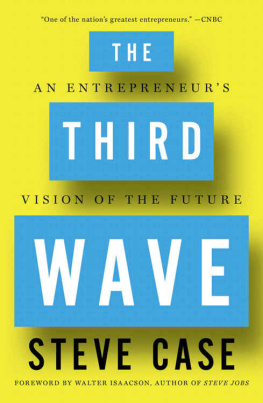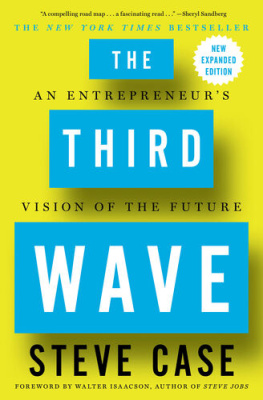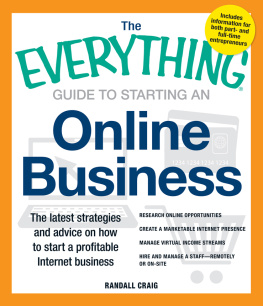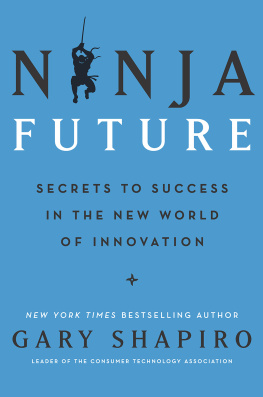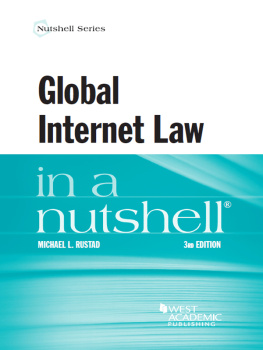Steve Case - The Third Wave: An Entrepreneur’s Vision of the Future
Here you can read online Steve Case - The Third Wave: An Entrepreneur’s Vision of the Future full text of the book (entire story) in english for free. Download pdf and epub, get meaning, cover and reviews about this ebook. year: 2016, publisher: Simon & Schuster, genre: Home and family. Description of the work, (preface) as well as reviews are available. Best literature library LitArk.com created for fans of good reading and offers a wide selection of genres:
Romance novel
Science fiction
Adventure
Detective
Science
History
Home and family
Prose
Art
Politics
Computer
Non-fiction
Religion
Business
Children
Humor
Choose a favorite category and find really read worthwhile books. Enjoy immersion in the world of imagination, feel the emotions of the characters or learn something new for yourself, make an fascinating discovery.
- Book:The Third Wave: An Entrepreneur’s Vision of the Future
- Author:
- Publisher:Simon & Schuster
- Genre:
- Year:2016
- Rating:4 / 5
- Favourites:Add to favourites
- Your mark:
The Third Wave: An Entrepreneur’s Vision of the Future: summary, description and annotation
We offer to read an annotation, description, summary or preface (depends on what the author of the book "The Third Wave: An Entrepreneur’s Vision of the Future" wrote himself). If you haven't found the necessary information about the book — write in the comments, we will try to find it.
Steve Cases career began when he cofounded America Online (AOL) in 1985. At the time, only three percent of Americans were online. It took a decade for AOL to achieve mainstream success, and there were many near-death experiences and back-to-the-wall pivots. AOL became the top performing company of the 1990s, and at its peak more than half of all consumer Internet traffic in the United States ran through the service. After Case engineered AOLs merger with Time Warner and he became Chairman of the combined business, Case oversaw the biggest media and communications empire in the world.
In The Third Wave, which pays homage to the work of the futurist Alvin Toffler (from whom Case has borrowed the title, and whose work inspired him as a young man), Case takes us behind the scenes of some of the most consequential and riveting business decisions of our time while offering illuminating insights from decades of working as an entrepreneur, an investor, a philanthropist, and an advocate for sensible bipartisan policies.
We are entering, as Case explains, a new paradigm called the Third Wave of the Internet. The first wave saw AOL and other companies lay the foundation for consumers to connect to the Internet. The second wave saw companies like Google and Facebook build on top of the Internet to create search and social networking capabilities, while apps like Snapchat and Instagram leverage the smartphone revolution. Now, Case argues, were entering the Third Wave: a period in which entrepreneurs will vastly transform major real world sectors like health, education, transportation, energy, and foodand in the process change the way we live our daily lives. But success in the Third Wave will require a different skill set, and Case outlines the path forward.
The Third Wave is part memoir, part manifesto, and part playbook for the future. With passion and clarity, Case explains the ways in which newly emerging technology companies (a growing number of which, he argues, will not be based in Silicon Valley) will have to rethink their relationships with customers, with competitors, and with governments; and offers advice for how entrepreneurs can make winning business decisions and strategiesand how all of us can make sense of this changing digital age.
Steve Case: author's other books
Who wrote The Third Wave: An Entrepreneur’s Vision of the Future? Find out the surname, the name of the author of the book and a list of all author's works by series.

